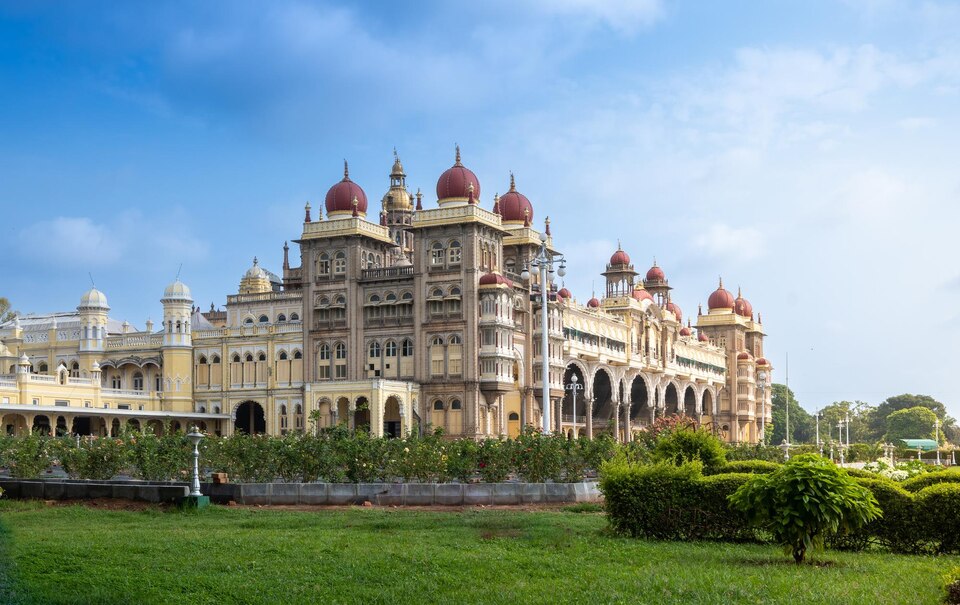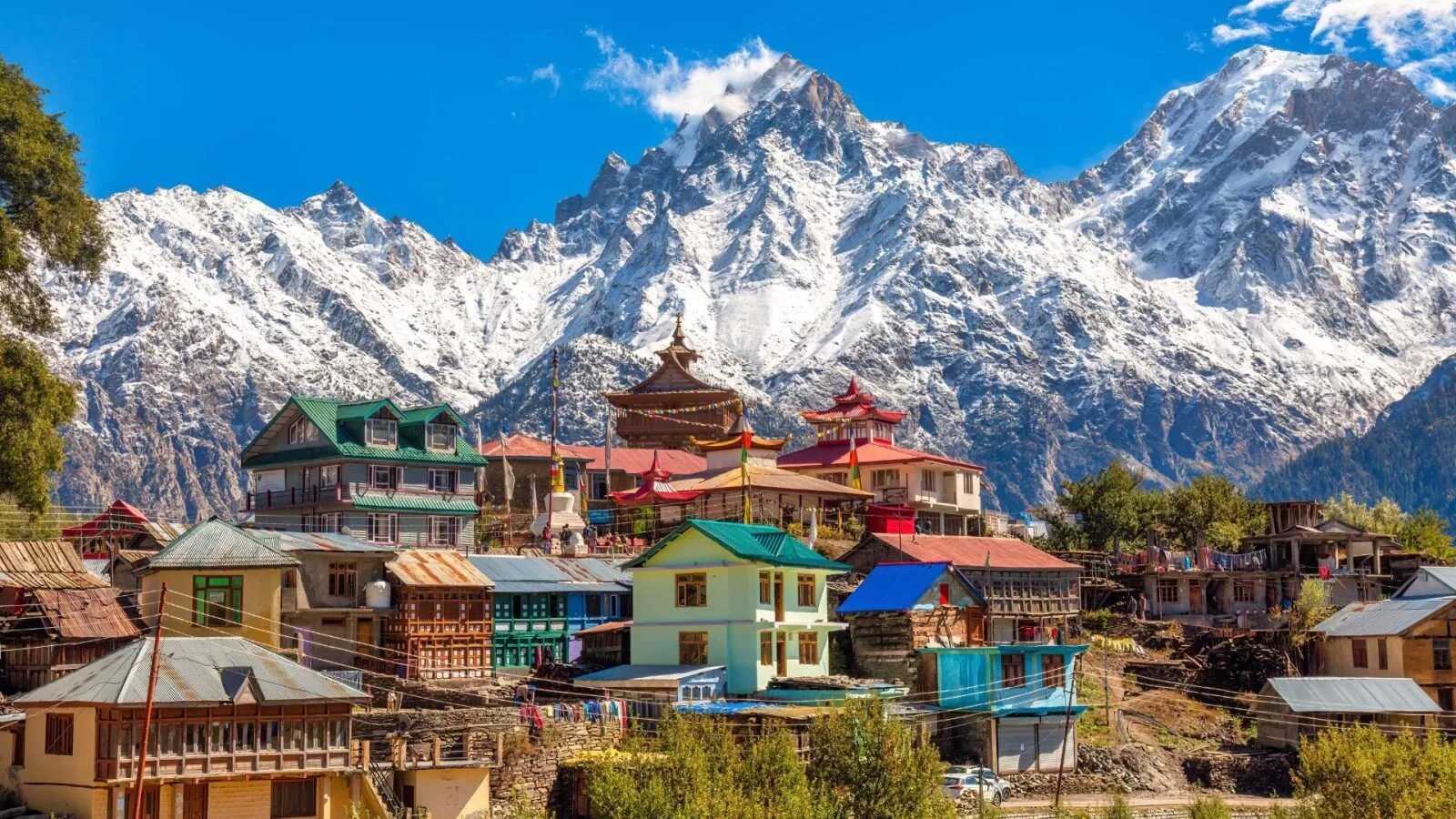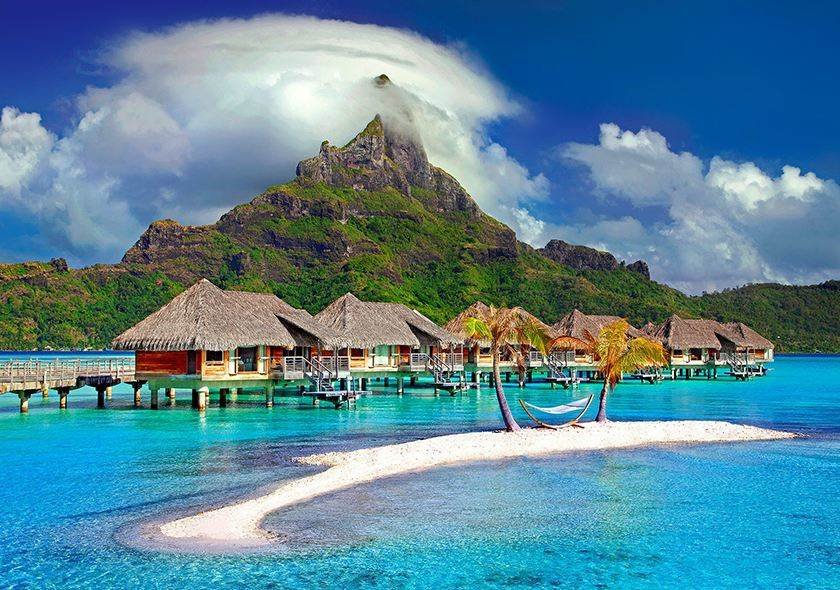Sikkim
- Home
- Sikkim
Sikkim Travel Guide
About Sikkim Tourism
Nestled in the northeastern Himalayas, Sikkim is India’s second smallest state and one of its most enchanting. With snow-capped mountains, alpine meadows, high-altitude lakes, dense forests, and a peaceful Buddhist culture, Sikkim offers a stunning combination of natural splendor and spiritual serenity.
Bordering Bhutan, Tibet, and Nepal, Sikkim is a melting pot of cultures and traditions. It is home to the majestic Kanchenjunga, the third-highest peak in the world and considered sacred by the Sikkimese. Whether it’s the emerald waters of Tsomgo Lake, the vibrant monasteries of Rumtek and Pemayangtse, or the flower-laden valleys of Yumthang, Sikkim promises breathtaking views at every turn.
Sikkim also stands out for its clean environment, organic farming practices, and eco-conscious tourism model. With a laid-back charm and high-altitude adventures, this Himalayan gem appeals to trekkers, nature lovers, spiritual seekers, and all who desire an escape into the lap of unspoiled beauty.
Spring (March to May): This is one of the most beautiful times to visit Sikkim. Rhododendrons, orchids, and magnolias bloom, covering the valleys in vibrant colors. The weather is pleasant, making it ideal for sightseeing and trekking.
Summer (June to August): The weather remains cool and lush, but frequent rainfall during the monsoon may cause landslides and restricted travel in hilly areas. However, nature lovers will enjoy the greenery and mist-covered hills.
Autumn (September to November): A clear sky and fresh air define autumn in Sikkim. It is perfect for viewing Kanchenjunga, photography, and outdoor activities. Major festivals like Pang Lhabsol and Losar also occur during this time.
Winter (December to February): Cold and snowy, especially in high-altitude regions like Lachen, Lachung, and Gurudongmar Lake. It is a magical season for snow lovers but requires warm clothing and travel planning.
By Air:
- Pakyong Airport, located near Gangtok, offers limited domestic connectivity.
- The nearest major airport is Bagdogra Airport (West Bengal), approximately 125 km from Gangtok. Taxis and shared vehicles are available from Bagdogra.
By Train:
- The closest railway stations are New Jalpaiguri (NJP) and Siliguri Junction in West Bengal.
- From there, buses and cabs provide transport to various parts of Sikkim.
By Road:
- Well-maintained roads connect Sikkim to West Bengal and other northeastern states.
- Gangtok is accessible via NH-10. Shared taxis and private vehicles are common modes of transport.
- Gangtok:
- The capital city is a perfect blend of modern amenities and traditional charm.
- Major attractions include MG Marg, Rumtek Monastery, Namgyal Institute of Tibetology, Tashi View Point, and Ganesh Tok.
- Tsomgo Lake (Changu Lake):
- A glacial lake located at 12,400 feet, 40 km from Gangtok.
- Surrounded by snow and alpine forests, the lake changes colors with seasons.
- Nathula Pass:
- A historic mountain pass that connects India with Tibet.
- Located at 14,140 feet, it was once part of the ancient Silk Route.
- Pelling:
- Famous for panoramic views of Kanchenjunga.
- Attractions include Pemayangtse Monastery, Sangachoeling Monastery, Rabdentse Ruins, and Sky Walk.
- Yumthang Valley:
- Known as the “Valley of Flowers,” located in North Sikkim.
- Visit during spring for rhododendron blooms; nearby Zero Point offers snow.
- Lachen and Gurudongmar Lake:
- Lachen is the gateway to Gurudongmar Lake, one of the highest lakes in the world at 17,800 ft.
- The lake is sacred and stunningly picturesque.
- Lachung and Yumthang:
- Lachung is a quaint mountain village that leads to Yumthang Valley and Zero Point.
- Experience snow, hot springs, and tranquil mountain life.
- Ravangla:
- Offers great views and spiritual sites like the Buddha Park with a 130 ft statue.
- Also visit Ralang Monastery and Temi Tea Garden.
- Zuluk:
- A small village along the ancient Silk Route.
- Known for the winding Zig Zag Road and mesmerizing sunrise views from Thambi View Point.
- Namchi:
- A religious and cultural town in South Sikkim.
- Highlights include the Char Dham, Samdruptse Hill, and Sai Mandir.
- Trekking:
- Popular treks include Goechala Trek, Dzongri Trek, and Kanchenjunga Base Camp.
- Ideal for adventure seekers and photographers.
- Monastery Tours:
- Visit historic Buddhist monasteries like Rumtek, Pemayangtse, Ralang, and Enchey.
- Participate in local rituals and festivals.
- Birdwatching & Wildlife:
- Explore Khangchendzonga National Park, a UNESCO World Heritage Site.
- Spot red pandas, snow leopards, Himalayan black bears, and exotic birds.
- River Rafting:
- Try rafting on the Teesta River for thrilling rapids and scenic views.
- Paragliding & Ropeway:
- Soar above Gangtok with paragliding.
- Enjoy panoramic views from the Gangtok Ropeway.
- Relax in Hot Springs:
- Visit natural hot springs like Yumthang, Reshi, and Borong for relaxation.
- Taste Sikkimese Cuisine:
- Savor dishes like momos, thukpa, phagshapa, gundruk, and sel roti.
- Sip tongba (fermented millet beer) and butter tea.
- Experience Local Culture:
- Attend festivals like Losar, Saga Dawa, Tihar, and Pang Lhabsol.
- Explore traditional villages and homestays for authentic cultural immersion.
- Shopping:
- Buy handicrafts, woolens, prayer flags, thangka paintings, and organic tea from local markets.
- Eco-Tourism:
- Participate in sustainable tourism initiatives.
- Visit organic farms and support local cooperatives.
Sikkim is a paradise in the Himalayas that offers far more than just scenic beauty. With its vibrant monasteries, snow-covered mountains, glacial lakes, blooming valleys, and cultural warmth, the state enchants every visitor with tranquility and awe.
Ideal for spiritual retreats, nature photography, adventure sports, or simply breathing fresh mountain air, Sikkim’s appeal lies in its purity. It maintains a perfect balance between tradition and modernity, between rugged nature and refined hospitality.
Come explore Sikkim, where the mighty Kanchenjunga watches over lush forests, where prayer flags flutter in the wind, and where peace is not just found — but deeply felt.
Why Choose TAT for Sikkim ?
Experienced
Certified
Happy Customers
Local Offices
Frequently Asked Questions
Gangtok, Tsomgo Lake, Nathula Pass, Pelling, Yumthang Valley, and Gurudongmar Lake are the most visited spots.
Indian tourists don’t need a general permit, but special permits are required for Nathula, North Sikkim, and other restricted areas. Foreigners need Protected Area Permits.
March to June and October to December are ideal for clear skies, blooming flowers, and mountain views.
Yes! Sikkim offers trekking, river rafting, mountain biking, and paragliding, especially in regions like Yuksom and Dzongri.
Pakyong Airport serves Gangtok. Alternatively, reach Bagdogra Airport (West Bengal) and drive up. Roads are scenic and well-maintained.
Yes, it’s one of India’s safest states. Locals are friendly and tourism is well-managed. Just avoid high-altitude treks without proper gear or guides.



